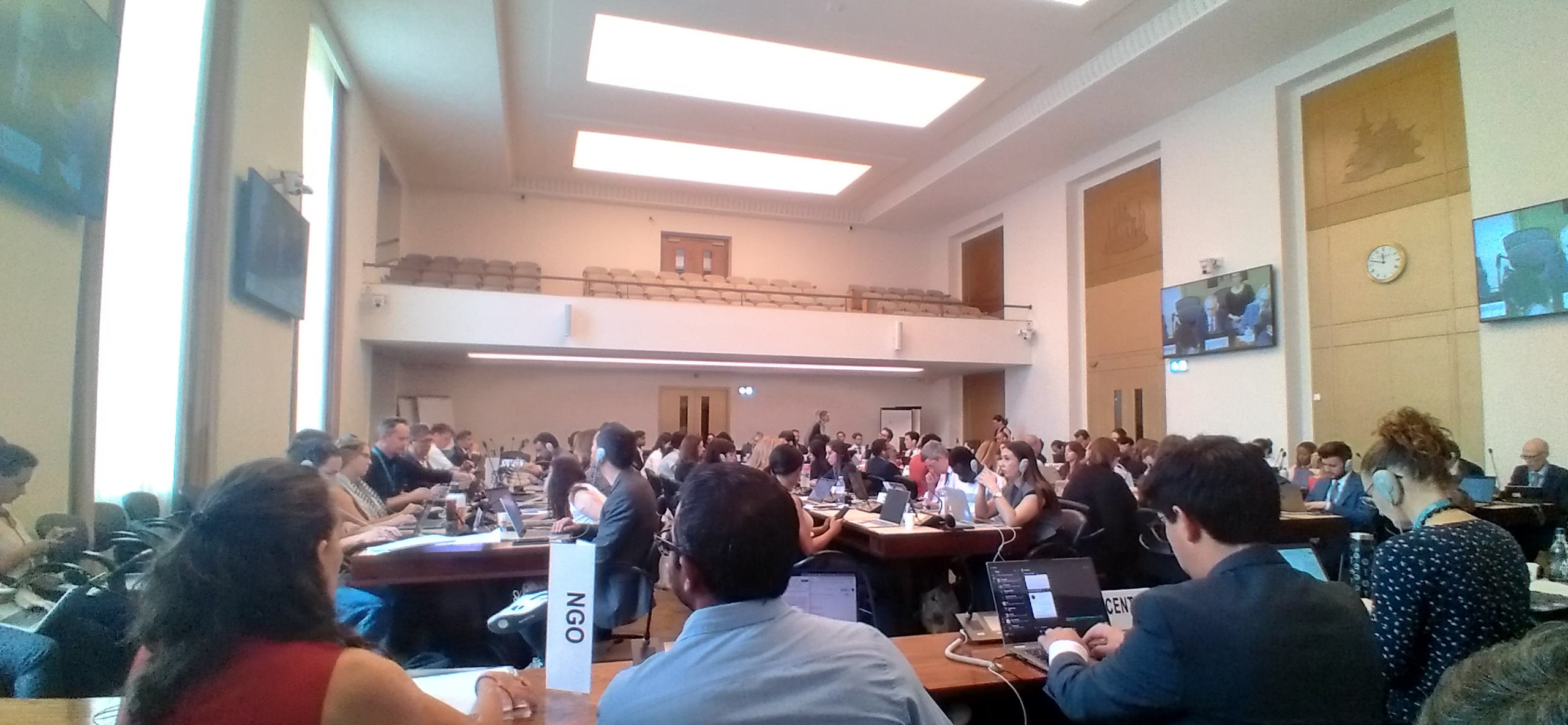The independent evaluation report describes ISHR as ‘the ‘go-to’ organisation when civil society is engaging with the UN human rights system’; ‘an effective and influential organisation which is strengthening the work of human rights defenders by providing training, capacity-building, collaborative advocacy initiatives and access to international and regional mechanisms and policymakers.’
Working in coalitions is described as being ‘part of ISHR’s DNA’. The report also cites the Model Law on the protection of human rights defenders as ‘an excellent example of how international commitments can be translated and contextualised into impact at the national level.’
Additionally, the report highlights that:
- Being the secretariat for the HRCnet bears witness to ISHR’s central position and reputation for being the bridge between the international and national (grassroots) levels.
- ISHR’s training programmes, including its flagship Human Rights Defender Advocacy Programme (HRDAP), are seen by all interlocutors as an integral component of its overall support for human rights defenders and as a highly relevant aspect of its work.
- ISHR’s reporting in progress reports and annual reports are very accessible and combine ‘looking back’ accountability and results with ‘looking forward’ (new/amended goals) in a manner that may be inspirational for other organisations.
- The reporting from ISHR is thorough and precise with clear performance indicators and means of verification given, qualitative or quantitative. There seems to be a sound culture for learning and evaluation practices, with ‘real-time’ and ‘near-time’ evaluation praised in one evaluation. The annual reports include month by month human rights developments and ISHR contributions to these.
‘Independent evaluations are crucial to our institutional monitoring and learning processes’ says ISHR’s Vincent Ploton. ‘We regularly commission evaluations of specific ISHR projects and publish the findings on our website. What’s particularly valuable with this independent evaluation is that it covers nine international NGOs active in the human rights field. We have taken a range of measures in accordance with the findings of previous external reviews, and we look forward to engaging in future similar processes,’ Ploton concludes.
Download as PDF




